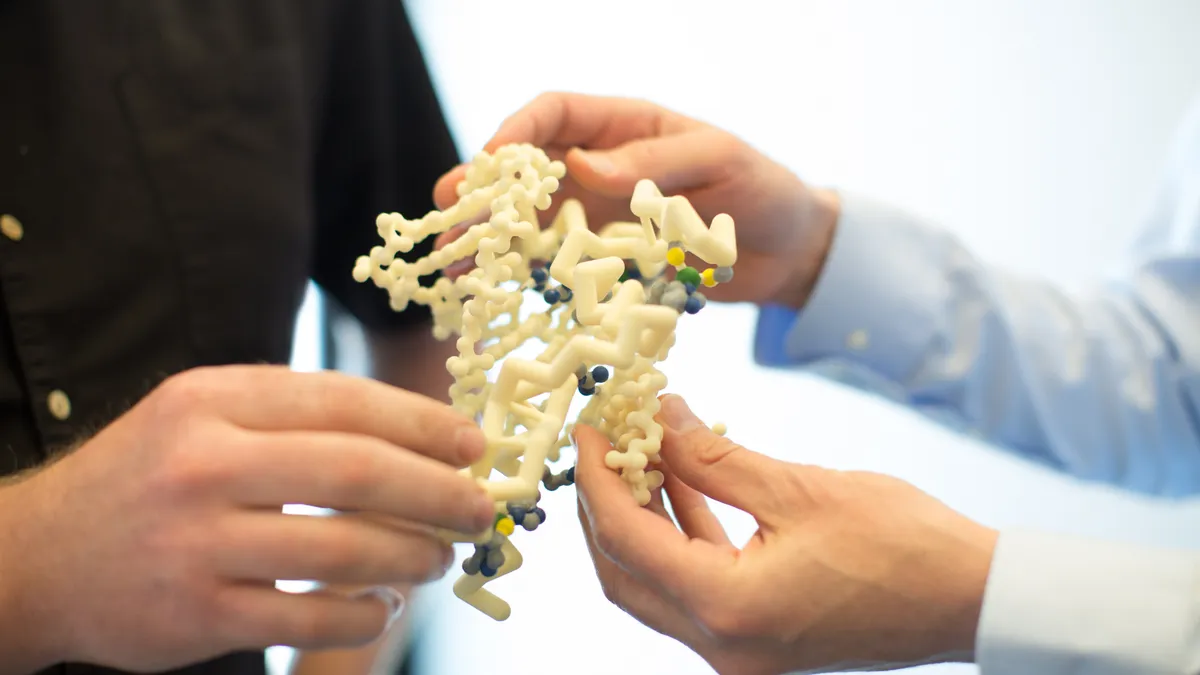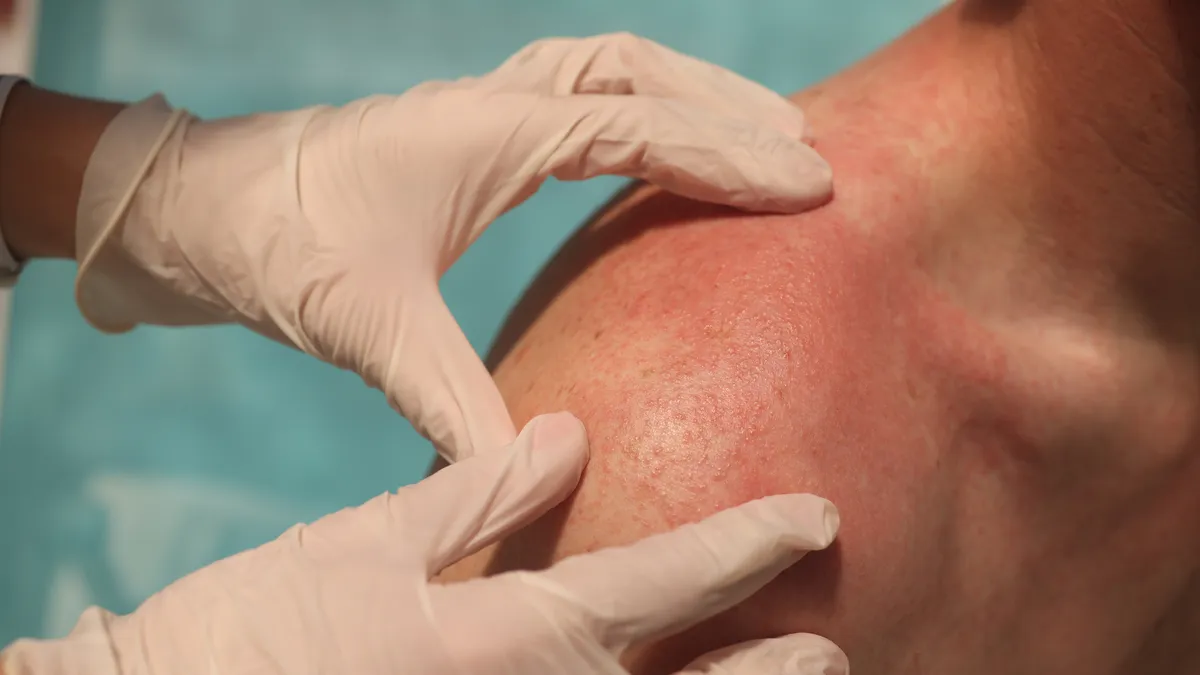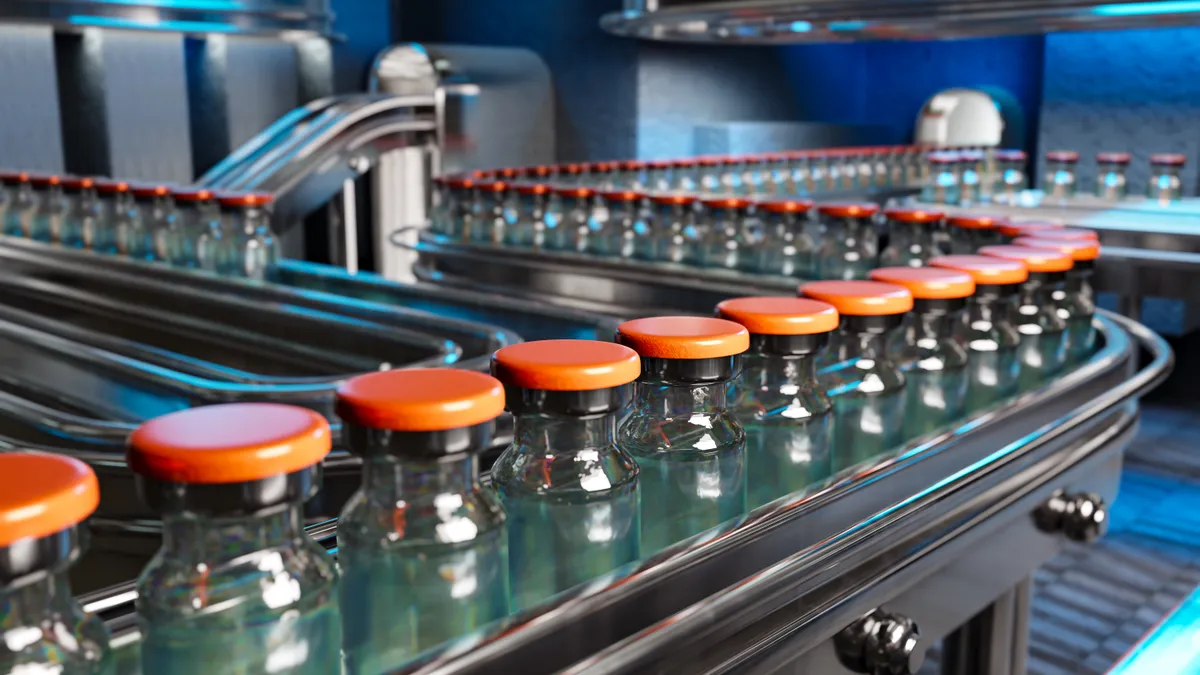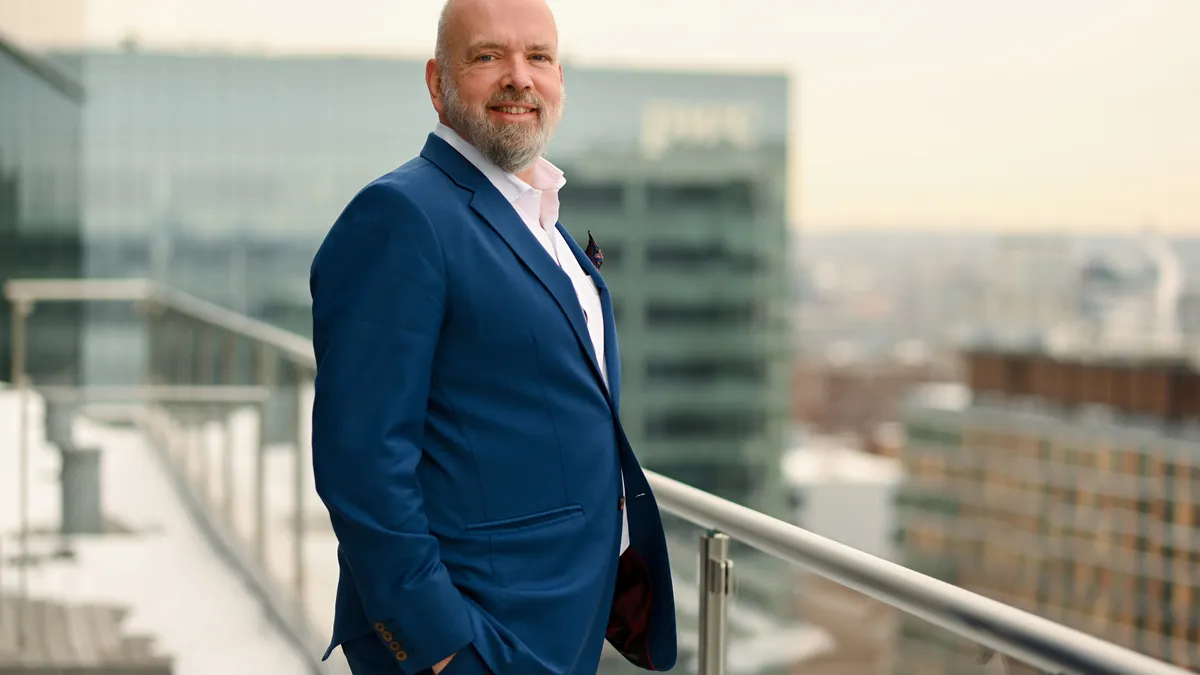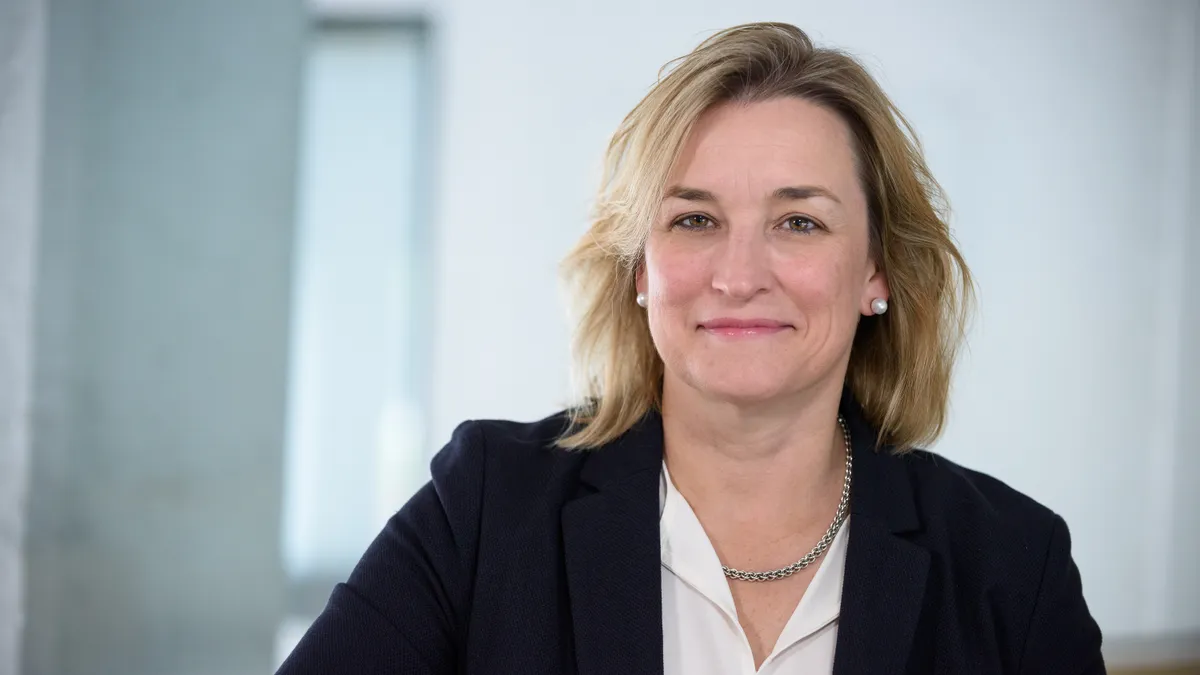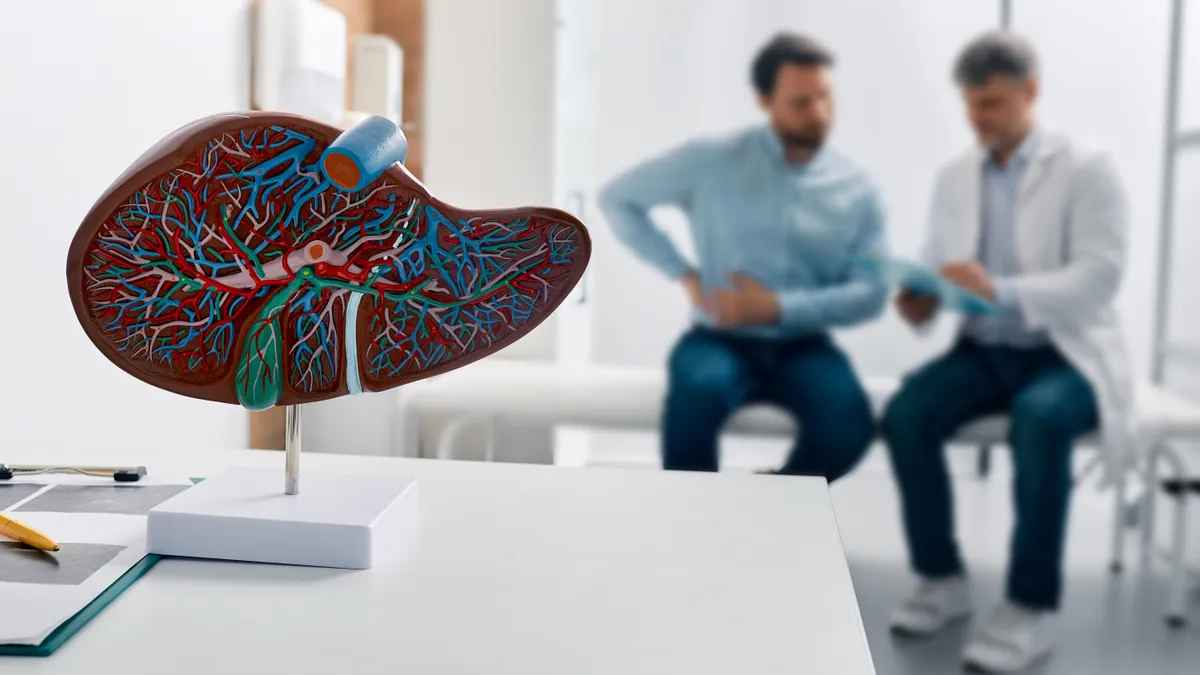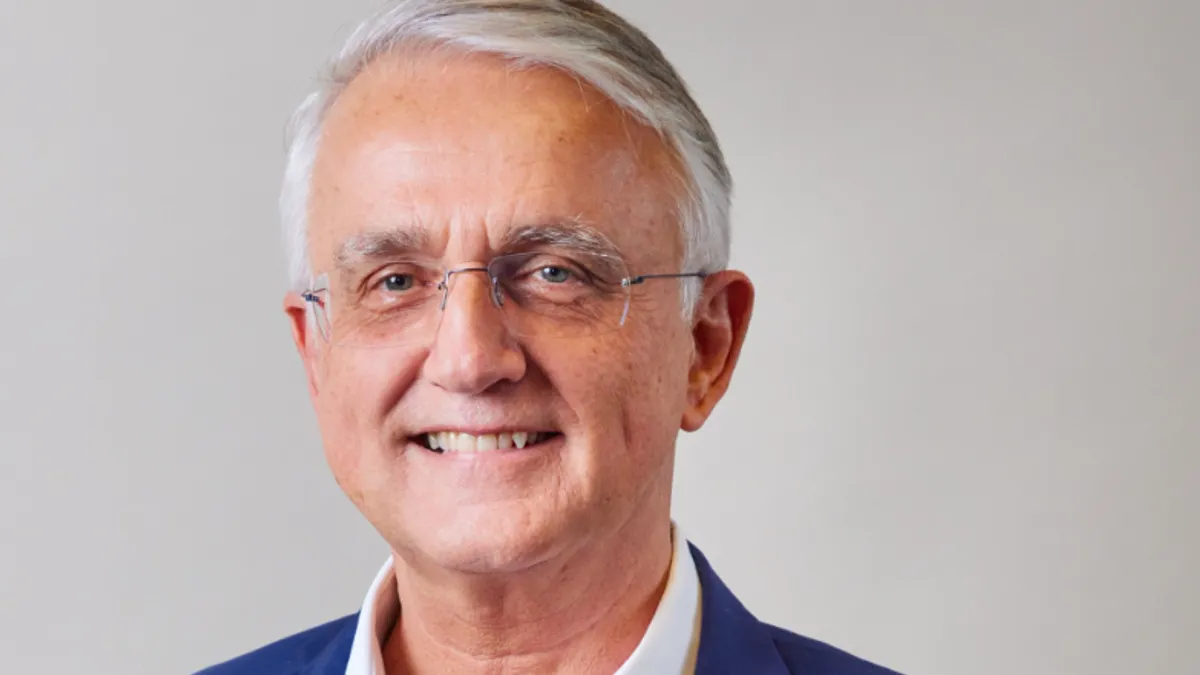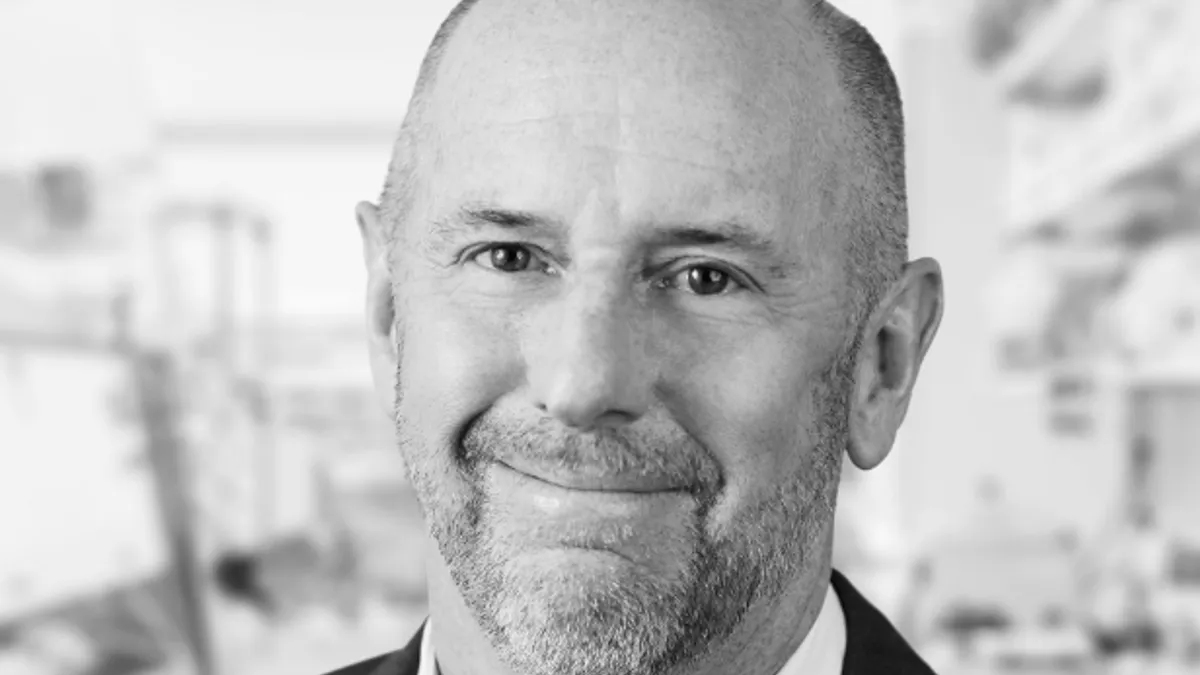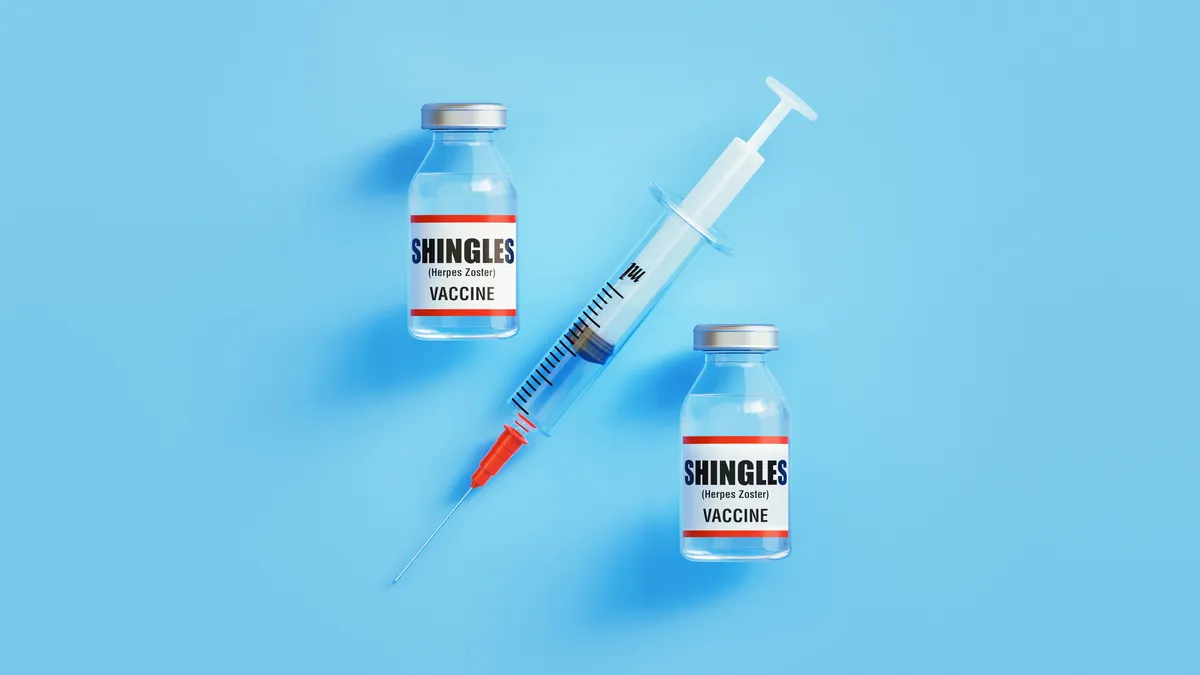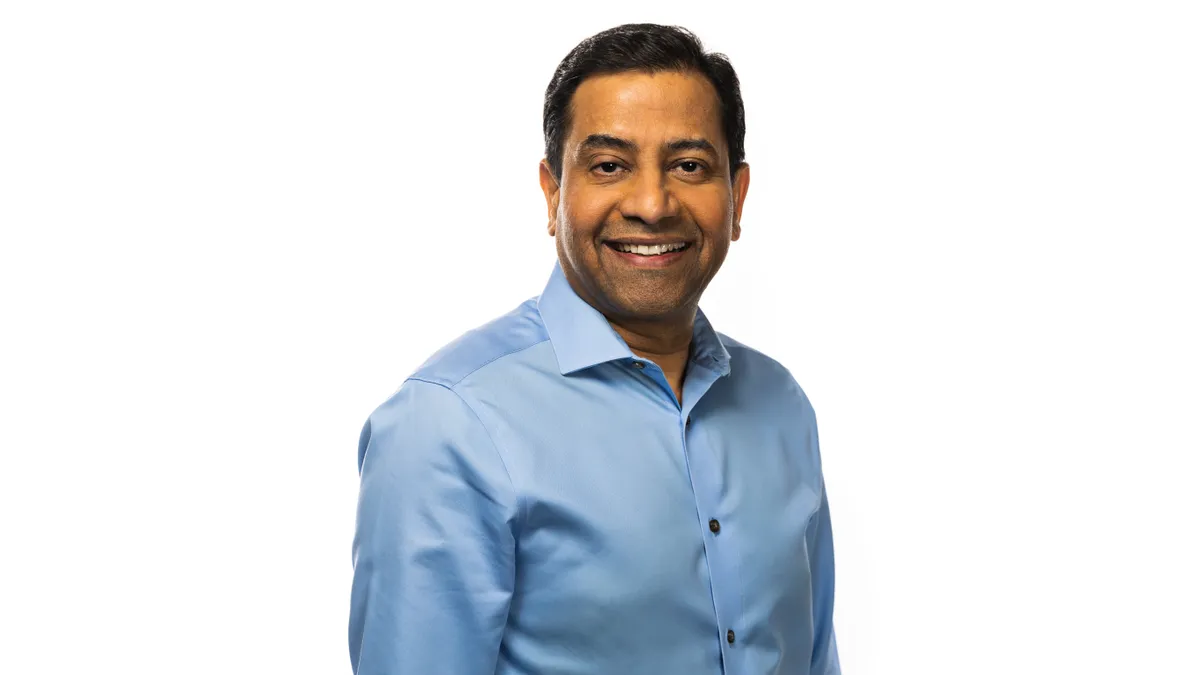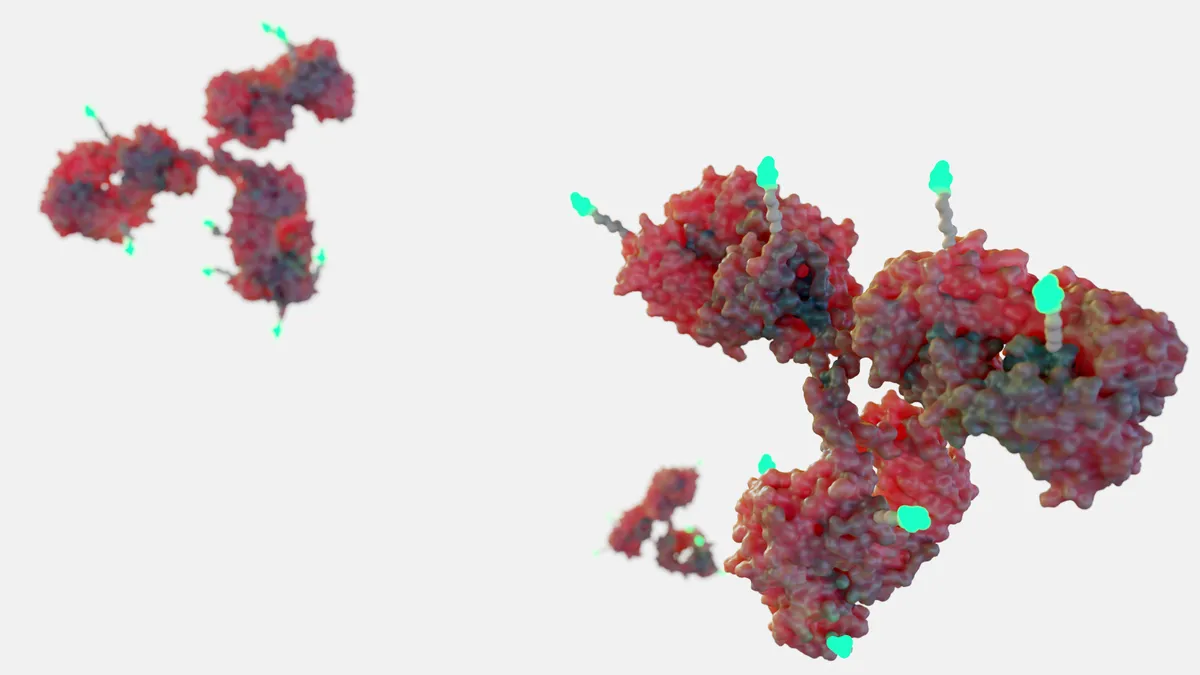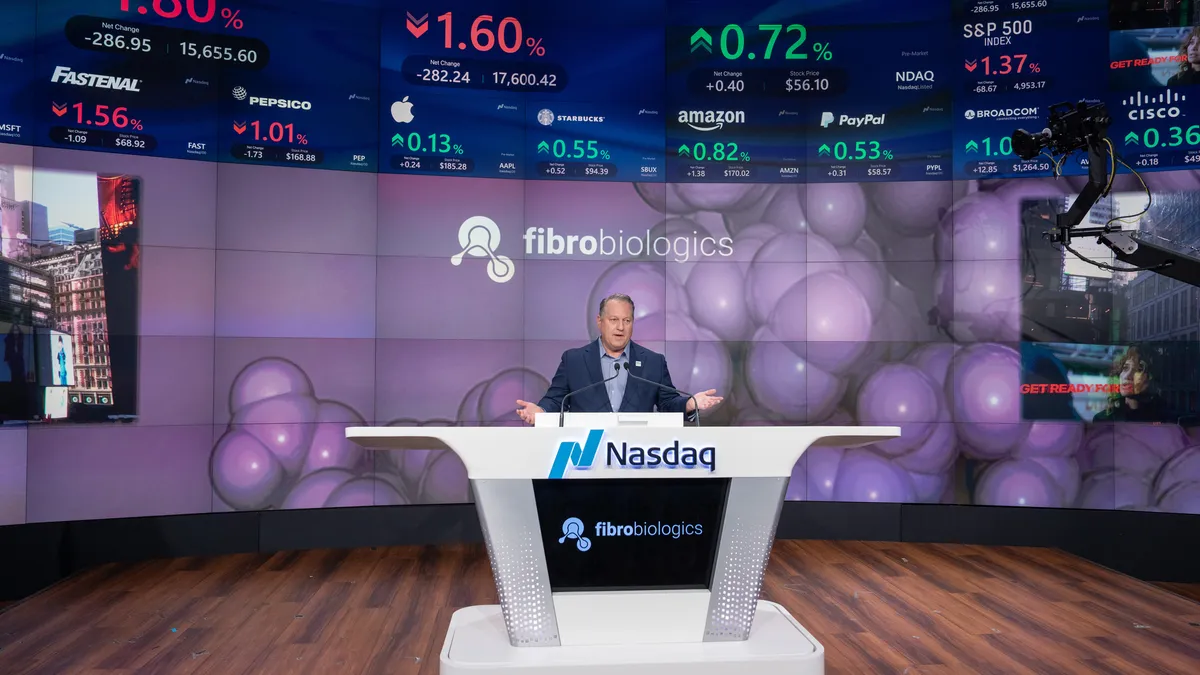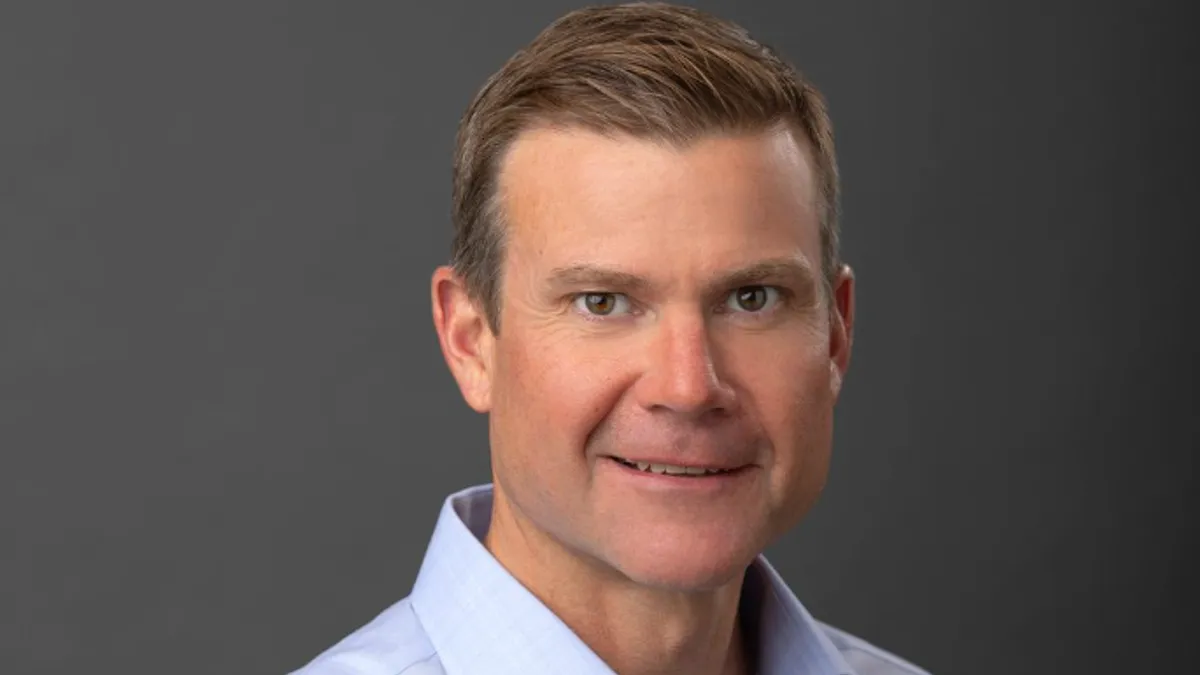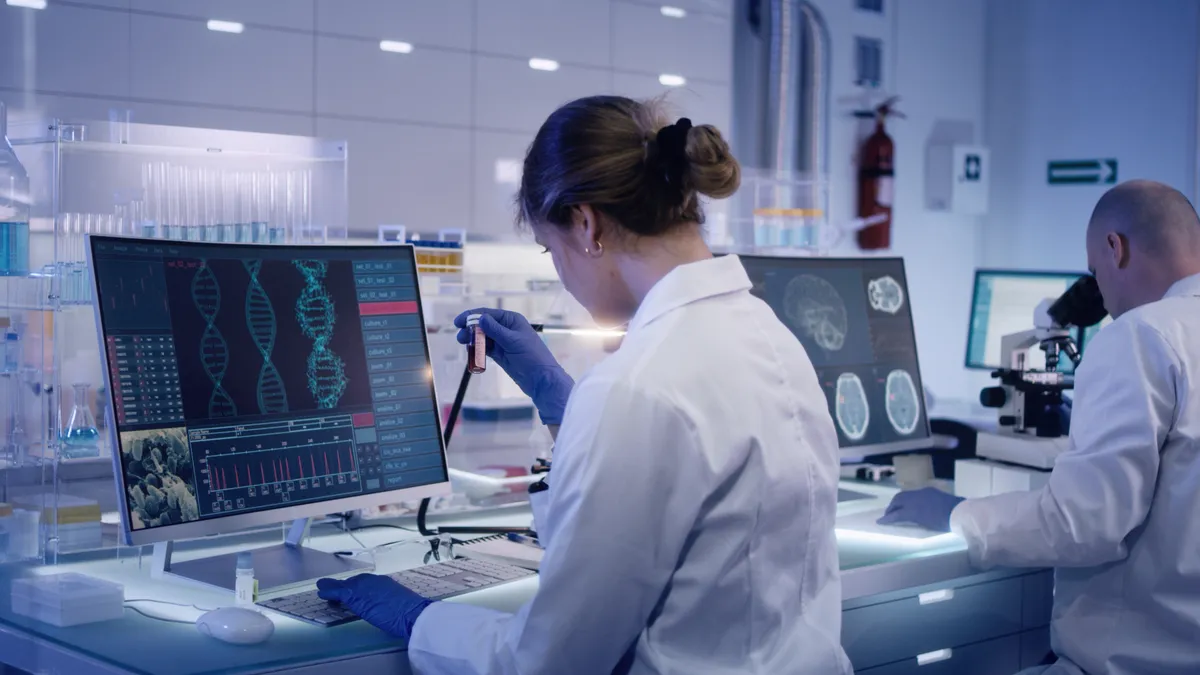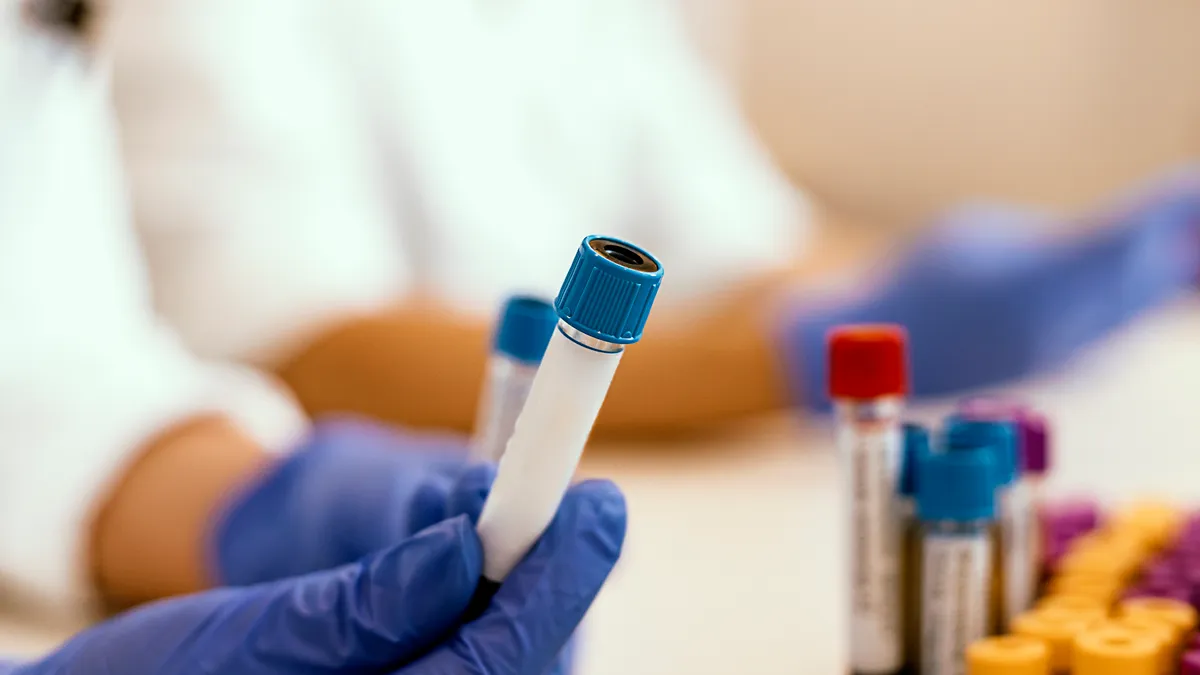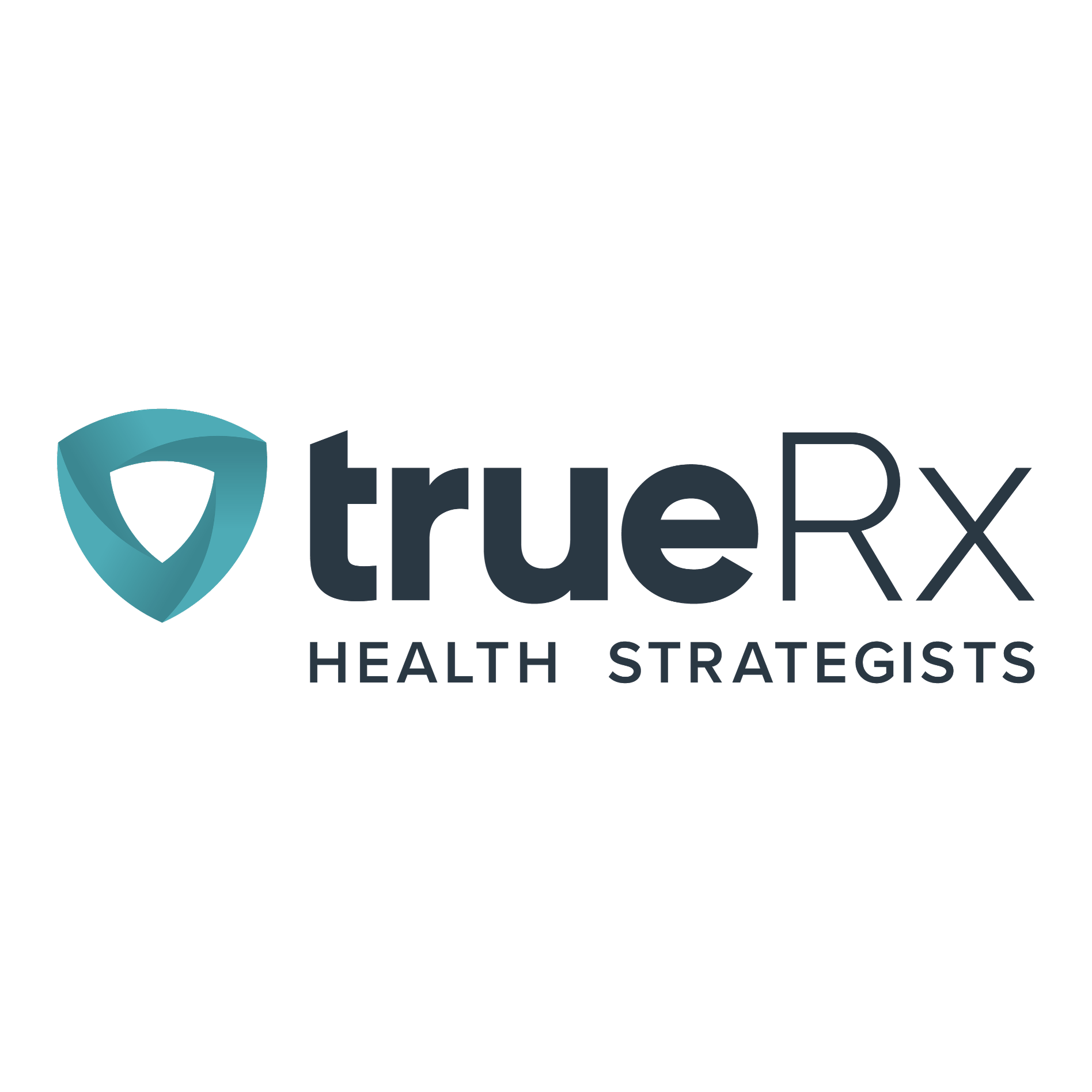Welcome to today’s Biotech Spotlight, a series featuring companies that are creating breakthrough technologies and products. Today, we’re looking at Sangamo Therapeutics and its approach to developing genomic medicines.
In focus with: Sandy Macrae, CEO of Sangamo Therapeutics
Sangamo Therapeutics’ breakthrough technology: Zinc finger (ZF) technology is a gene-editing technique with the potential to cure severe and rare diseases. Zinc finger technologies are made up of a DNA-binding domain, which can be applied with precision to any sequence of DNA and various functional domains, including nucleases and transcription factors, according to Sangamo. Their versatility and compact size make them highly vector compatible, and therefore they work with a multitude of delivery vectors making them applicable for a range of ZF-based genomic medicines — either ex vivo for cell therapy or in vivo for genomic engineering.
Why it matters: ZF technology has been in development for several decades, but with increased industry interest in various gene editing techniques, momentum in the space is quickly growing. According to Sandy Macrae, CEO, Sangamo, ZF technologies hold several key advantages over other gene editing techniques such as CRISPR.
“We've watched with fascination as CRISPR companies pop up every week with a new version of the technology. But it’s all based on one technology. Therefore, if something goes wrong, the whole house of cards will fall,” Macrae says. “So, we think having more than one way to edit seems like a very good idea.”
And as the industry moves from gene therapies to gene editing, Macrae says Sangamo represents the future of where medicine is headed.
At a glance: Although they’ve been around for more than 25 years, Sangamo is on the precipice of becoming an overnight success as interest in gene editing takes off. With four products moving into advanced-stage clinical trials based on the company’s proprietary ZF technology, Macrae is bullish on his company’s ability to transform the genomic medicine arena by applying what he calls a “Swiss army knife” approach to gene editing.
Macrae believes that in five to 10 years the conversation will have evolved from creating gene therapies to solely being about the whole field of gene editing.
Today, the publicly traded company has three main areas of concentration: gene therapy, cell therapy and genome engineering. In addition to its four key programs, one in phase 3 for hemophilia A, and three moving into late phase trials — Fabry Disease, CAR-Treg cell therapy for renal transplant and Sickle Cell Disease — the company has a robust pipeline of wholly owned and partnered products for rare disease, neurology, oncology and autoimmune indications.
To learn more about their unique approach, we caught up with Macrae, a PharmaVoice 100 honoree, who discusses the future of gene editing, the advantage of having its own manufacturing facilities and key objectives for 2022.
PharmaVoice: What is Sangamo’s secret sauce?
Sandy Macrae. Our secret sauce is our Zinc Finger platform. We want to try and move the world increasingly into genomic medicine and allogeneic cell therapy. We use the term genomic medicine broadly because our zinc finger platform can do a whole range of things with DNA. Many think of editing as cutting out a bit of DNA, but we can also use our ZF transcription factors to repress, or activate targets based on therapeutic need. We can do base editing where we take out a single letter, or we can do recombinase editing where we take out a whole paragraph. We can do all of this because the zinc finger platform is modular.
Gene therapy continues to be a hot area of interest for investors, what does Sangamo offer that’s different?
We're blessed that we have three late-phase assets, which is all some analysts want to talk about, but we also have so many other riches. We have our cGMP AAV manufacturing facility and our CNS platform, so there’s something for everyone.
First-generation gene therapy companies, which only put simple gene therapy in the liver, are trying to find ways to get to editing technology, because that is the future. In five to 10 years, we will only be talking about gene editing – it won't be gene therapy.
Our zinc finger platform can do multiple things — I use the analogy of a Swiss army knife. Our zinc finger technology is small, it’s modular, it’s reliable, it’s been used in patients and it’s proven to be safe.
And we have an expertise that has been built over 26 years. We're sometimes poked at being an old company, but sometimes being old is a good thing in that we have years and years of experience. Some of our scientists have been with us for decades; their whole life has been dedicated to zinc finger technology, it's a total passion. They believe zinc fingers are the right way to go forward. Now we need to apply it to important problems.
The genomic medicine space is really interesting because many companies are going after the same targets as that is where we can deliver the technology – whether that’s CRISPR or Zinc Fingers. The future is all about delivery, and we’ve got to be able to deliver to a wider variety of tissues. I know that ZF always works in test tubes, always, and I know ZF works in animals. This is about engineering, not biology. We know if we can get it to the lung, we could address cystic fibrosis. We know if we can get it to the kidney, we could address polycystic kidney disease. But those vectors don't exist at the moment. And so we're limited in going to the liver and increasingly to the brain. Hopefully, eventually, soon, other ways of delivery will come about, and when that does a whole rush of genomic medicines will be developed.
One might say you have an embarrassment of riches…
Be careful what you wish for. Because most companies have a single asset and one or two candidates that are pre-IND steam, their choices are obvious in terms of their focus. Whereas I have four disparate assets either in phase 3 or moving into phase 3, all of which have good and compelling data. There are some investors who only value the company on these assets, therefore we need to be very aware of the benefits of our program and what the competition is doing.
The company recently completed the build out of a manufacturing facility, what advantages does that provide?
Why do we do manufacturing? As a product developer there is a huge advantage in having the research team and manufacturing team working side by side. When the research team comes up with something innovative and thinks the process can be easily converted to GMP, the manufacturing team can weigh in. That’s an advantage we have, particularly with cell therapy and autologous cell therapy. It's not just about the editing, the editing should be quite standard, and shouldn't be the thing that everything pivots on.
I don't think the world understands that the product is the process. What's really important, is how to take the cells from the patient, how to look after them, how to expand them, and which cells to choose to give to give back. This is one of the key areas we are working on with our Sickle Cell asset. We worked with Sanofi last year on this and we got great results. We think this process will lead to more long-term progenitors and a greater effect for patients. There are a number of cell therapy companies spinning out from academia that don't have manufacturing and their challenge is going to be ways to think about GMP manufacturing.
This is an investment; it's taken us 12-15 months to set up the facilities in our Brisbane, Calif., where we have AV manufacturing and cell therapy, and in France where we also have cell therapy manufacturing capabilities. It was a great investment and I’m glad we did it.
What are your key objectives for 2022?
It's very clear, we need to drive our Fabry trial forward and complete the phase 1/2 study. We also will do everything to help Pfizer restart the hemophilia A study, and we now need to find a good solution for our Sickle Cell asset. We will dose the first-ever patient in our CAR-Treg cell therapy for renal transplant very soon. Excitement is palpable, there are no less than seven other CAR-Treg companies behind us. But firstly, it’s about safety and we hope to share results about this trial in 2022 and 2023. These are the things that we need to do, and we must not drop the ball. It's about delivery in the scientific sense, it's also delivery in the operational sense. We are building a genomic medicine company to last so it's important that we continue to drive forward that basic science and fine tuning and improving our platform as well.



